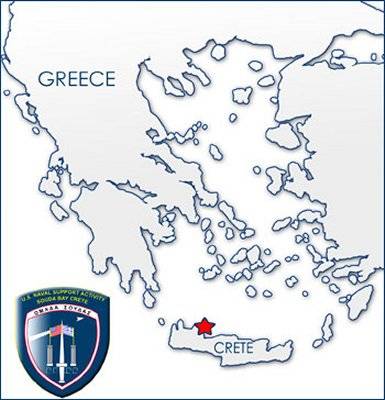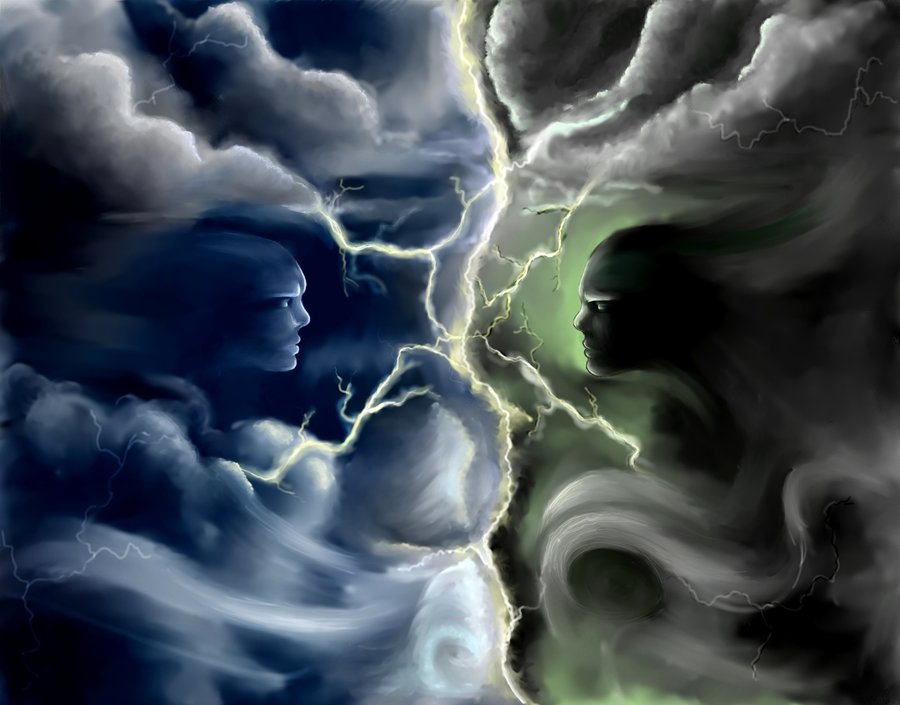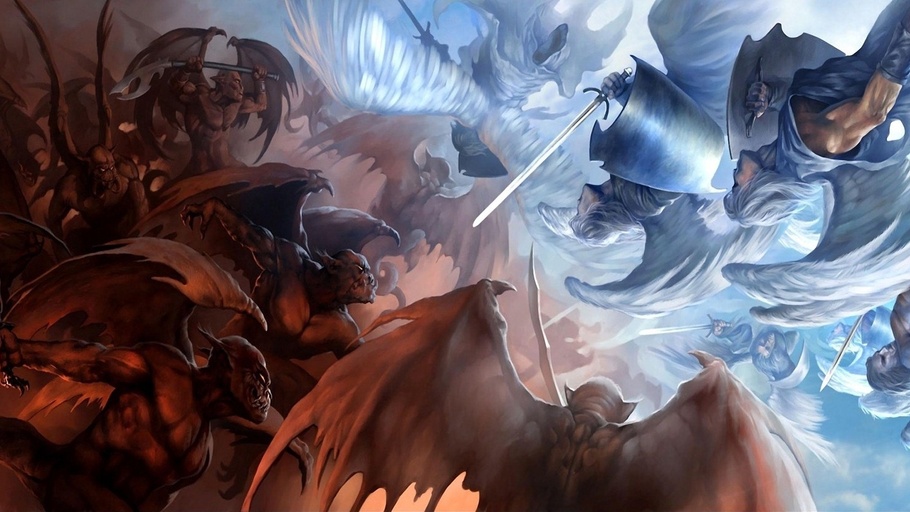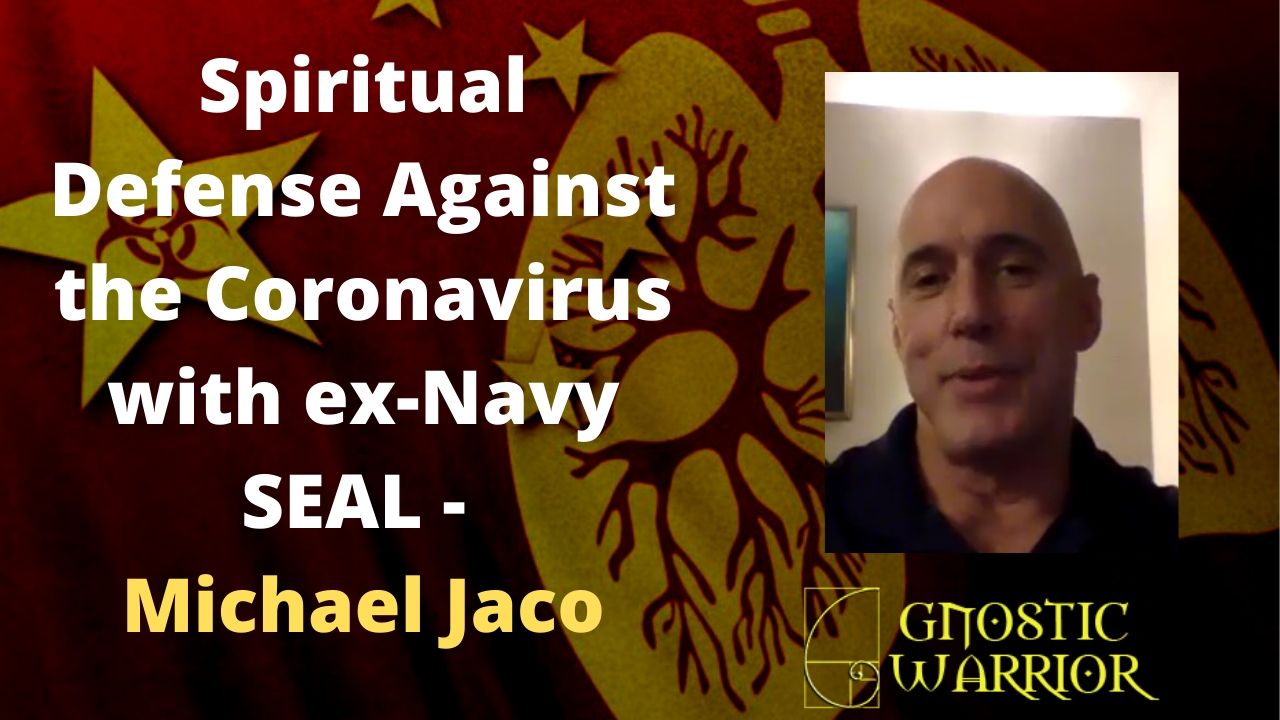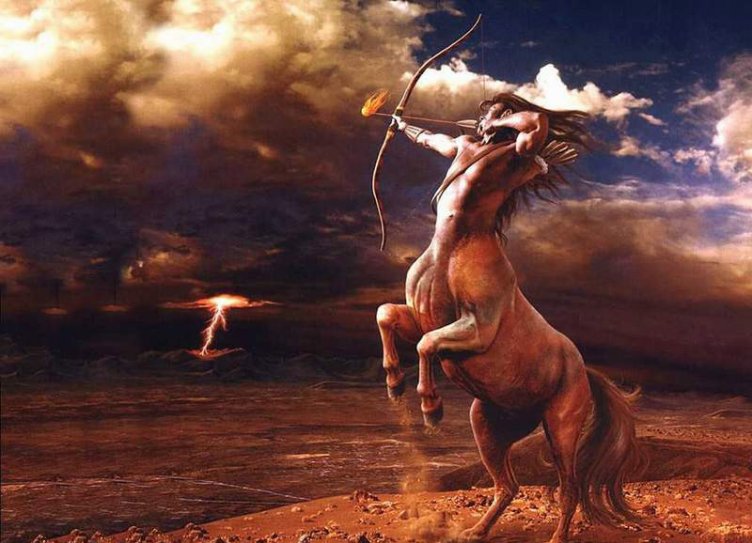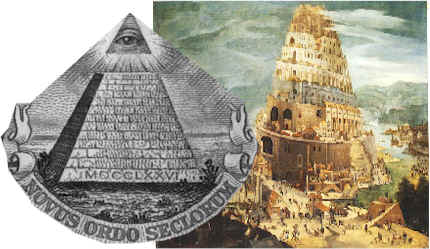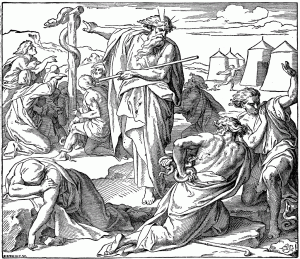Like water, Neptune is recognized as a vitalizer and life-giver and in the ancient Mysteries was associated with the germinal agents. 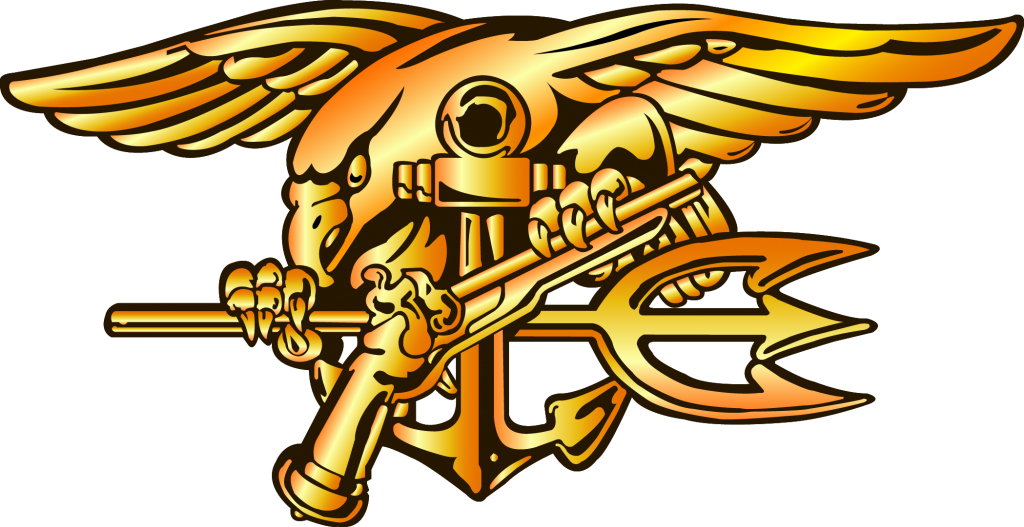 The fish, or spermatozoon, previous to its period of germination, was under his dominion. – Manly P. Hall
The fish, or spermatozoon, previous to its period of germination, was under his dominion. – Manly P. Hall
Neptune is God of the Sea to the “Sons of Neptune,” who are the great Initiates of the Sacred Isles of Crete. It is from this island, where we find the first true tales being told of sea-faring men, and who had formed the first navy under the leadership of the first law giving kings of the sea. A people known in myth and biblical stories, as the Minoans, Phoenicians, Curetes, Telchines, Philistines, Judeans, Greeks, the Sea Peoples, etc.
THE FIRST ORGANIZED NAVY
 It is Neptune who is credited with building a Navy and inventing horsemanship. On July 23, there is a Roman Holiday called Neptunalia, that was made in honor of Neptune. When Neptune arrives on the lands he conquers, he not only arrives with his mighty navy, but also his hippocampus-like horses. Many Navy’s around the world still honor “King Neptune” in an ancient tradition of initiation called the “Line-crossing ceremony;”
It is Neptune who is credited with building a Navy and inventing horsemanship. On July 23, there is a Roman Holiday called Neptunalia, that was made in honor of Neptune. When Neptune arrives on the lands he conquers, he not only arrives with his mighty navy, but also his hippocampus-like horses. Many Navy’s around the world still honor “King Neptune” in an ancient tradition of initiation called the “Line-crossing ceremony;”
an initiation rite, still current in many navies, coast guards, and merchant fleets. When ships cross the equator, “Pollywogs” (sailors who have not done such a crossing before) receive “subpoenas”to appear before Her Highness Amphitrite (often various dignitaries, who are all represented by the highest-ranking seamen). Some Pollywogs may be “interrogated” by King Neptune and his entourage. At the end of the ceremony — which in the past often included considerable hazing — they are initiated as Shellbacks or Sons of Neptune, and receive a certificate to that effect.
In the real Ancient world, the Cretans were well-known for their naval power, and as I mentioned above, they were called by names such as the Sea Peoples and the Philistines, which are two of the most documented sea faring tribes in history. The Ancient Egyptians had simply called them, the “Sea Peoples from Keftiu.” A Navy, who were mercenaries to Egyptian Pharaohs such as Ramesses II. The Sea Peoples are documented extensively in the reign of Ramesses III, who mentions them in the eastern Mediterranean. It was at this exact time, that we see the destruction of the Hittite states of Hatti, Ugarit, Ashkelon and Hazor. In the Medinet Habu temple reliefs, Ramesses’ details the attack of the Sea Peoples in lengthy inscriptions from the mortuary temple:
The foreign countries (ie. Sea Peoples) made a conspiracy in their islands, All at once the lands were removed and scattered in the fray. No land could stand before their arms: from Hatti, Qode, Carchemish, Arzawa and Alashiya on, being cut off [ie. destroyed] at one time. A camp was set up in Amurru. They desolated its people, and its land was like that which has never come into being. They were coming forward toward Egypt, while the flame was prepared before them. Their confederation was the Peleset, Tjeker, Shekelesh, Denyen and Weshesh, lands united. They laid their hands upon the land as far as the circuit of the earth, their hearts confident and trusting: “Our plans will succeed!”
In the Bible, Crete was also known under the old biblical name written in Greek, “Kaftor or Caphtor”; the Arabs had called it 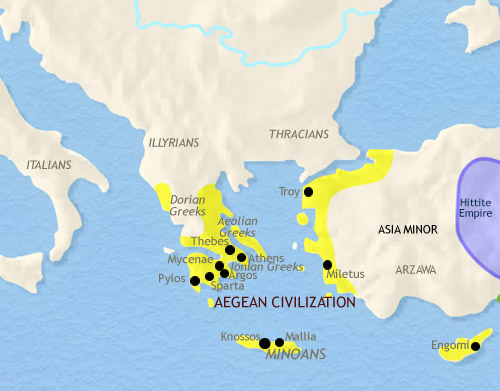 Kerith. The Greek historian, Pliny had said that the ancient Cretans were called Curetes, and that their king was Philistides (2). Hence, the Navy of the bible are the Sea Peoples, who were simply known as the biblical Philistines from Palestine. In other historical books as Pliny had mentioned, they were also called the Curetes (Kuretes, Kri’ti). Strabo had written, that these are the names of the various groups known as the Curetes, Corybantes, Dactyls, Cabiri, and Telchines, which are all names that are often used interchangeably with one another. The Latins would call them the Capadocians.
Kerith. The Greek historian, Pliny had said that the ancient Cretans were called Curetes, and that their king was Philistides (2). Hence, the Navy of the bible are the Sea Peoples, who were simply known as the biblical Philistines from Palestine. In other historical books as Pliny had mentioned, they were also called the Curetes (Kuretes, Kri’ti). Strabo had written, that these are the names of the various groups known as the Curetes, Corybantes, Dactyls, Cabiri, and Telchines, which are all names that are often used interchangeably with one another. The Latins would call them the Capadocians.
In ancient mythology, the Sea God Neptune is connected to the Island of Crete along with his brother, who happens to be the King of the Gods, Jupiter. Together they do battle against the Titans. Titan is known today as Saturn VI, and is the largest moon of Saturn. The largest moon of the planet Neptune has been given the name Triton, as Neptune is the Roman equivalent of Poseidon. Saturn’s largest moon Titan is one of several candidates for possible future colonization of the outer Solar System.(Wikipedia)
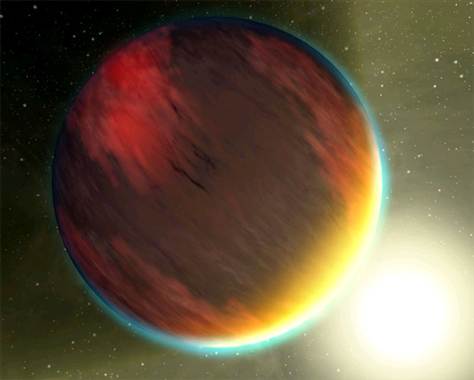 It was the King Jupiter who had deposed his father Saturn from the government of the universe and divided it into three portions, assigning the ocean to Neptune, the infernal regions to his brother Pluto, and retaining heaven and earth for himself. Together they accomplish enormous feats such as the building of the walls of Troy, the taming of the horse, the raising of the island Delos (Kos and now Dia) out of the sea, and the destruction of Hippolytus by a monster from the deep. Neptune’s symbol is the trident. The sons of Neptune were Triton, Phoresis, Proteus and Glaucus. The wife of Neptune was a sea nymph by the name of Amphitrite, a daughter of Nereus.
It was the King Jupiter who had deposed his father Saturn from the government of the universe and divided it into three portions, assigning the ocean to Neptune, the infernal regions to his brother Pluto, and retaining heaven and earth for himself. Together they accomplish enormous feats such as the building of the walls of Troy, the taming of the horse, the raising of the island Delos (Kos and now Dia) out of the sea, and the destruction of Hippolytus by a monster from the deep. Neptune’s symbol is the trident. The sons of Neptune were Triton, Phoresis, Proteus and Glaucus. The wife of Neptune was a sea nymph by the name of Amphitrite, a daughter of Nereus.
According to Hesiod‘s Theogony, Triton dwelt with his parents in a golden palace in the depths of the sea; Homer places his seat in the waters off Aegae. The story of the Argonauts places his home on the coast of Libya and rationalized by Diodorus Siculus as “then ruler over Libya.” Triton was the father of Pallas and foster parent to the goddess Athena. Pallas was killed by Athena during a fight between the two goddesses. Triton is also sometimes cited as the father of Scylla by Lamia. Triton can sometimes be multiplied into a host of Tritones, daimones of the sea.(Wikipedia)
The mighty Tritons were a race of sea gods and goddesses born from Triton. Over time, Triton’s class and image came to be associated with a 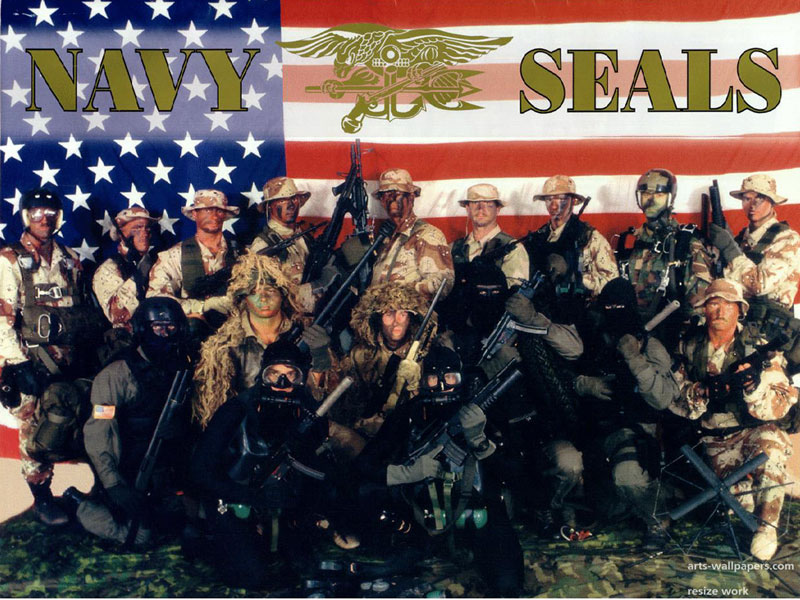 class of mermaid-like creatures, the Tritons (Τρίτωνες), which could be male or female, and usually formed the escort of marine divinities whose upper parts were human, and whose lower parts resembled fish. This part man and part fish we can surely witness today in the US Navy with their elite unit of God Men of the Sea, known to us as the Navy SEALS. These are the Triton’s of the modern world whose symbol is the Trident.
class of mermaid-like creatures, the Tritons (Τρίτωνες), which could be male or female, and usually formed the escort of marine divinities whose upper parts were human, and whose lower parts resembled fish. This part man and part fish we can surely witness today in the US Navy with their elite unit of God Men of the Sea, known to us as the Navy SEALS. These are the Triton’s of the modern world whose symbol is the Trident.
Neptune had caused earthquakes and deluges with his mighty trident. According to Hesiod, Oceanus was one of the Titans who was considered the ruler of the exterior waters encompassing the earth, and interior seas and rivers were assigned to Neptune.
Let us not forget what happened to the mythological island of Atlantis.
MODERN CONNECTIONS
These connections we can research today with the help of the famous 20th century French oceanic explorer, Jacque Cousteau who had also searched for the Lost Island of Atlantis in the year 1980. It was at this time, that he and his team had explored the islands of Crete looking for signs of the sunken Atlantis. Not only did they find many signs there, they had also found a virtual sunken city, a port, boats, treasures and mysterious walls that may someday verify that Crete and its surrounding islands such as Dia (Kos), may in fact be the true location known as the mythological Atlantis.
I wrote about this connection before in my article, Dragon Isle: The Kohen of the Lost Island of Dia. This evidence from Jacques Cousteau proves that people not only had inhabited the island of Kos (now known as Dia), but that it was also a major center and/or port at one time. In an old article in the Radio Times, Cousteau stated that the Minoan Port of Dia had once been active. He had claimed, that on Dia was the biggest and most important ports in the whole island of Crete. Here is the part of the official explanation of the discoveries that Jacques Cousteau had made when he had explored there:
The Undersea discoveries of Jacques Yves Cousteau in 1974-5, while searching for the lost Atlantis between Crete and Santorini, with a special bathyscape, are of great ecological and archeological interest, as seven wrecks were found on Dia. In 1976, Cousteau discovered some squared and rectangular rocks in the seabed that made up an artificial breakwater, which researchers named Cyclopean Walls. Cousteau suggested that there stood one of the biggest and most important ports in the whole island of Crete. The harbour appeared to have sunk due to the destruction caused in the 1450 BC volcano of Santorini. However, the port was later found to be much older, thus research became more complicated.
Today, the only visitors to the island would be a priest from Crete who performs mass on Dia (Kos) just once a year, but for the most part, the island is uninhabited except for a few protected animals. Please watch this video below at right around the 17 minute marker, to witness the section of film where Cousteau goes into Crete and his exploration of the Island of Dia (Kos).
The whole island is also covered with many ancient structures, evidence and ruins such as the location of ancient city of Knōsos that support these facts. Many Roman Emperors had ancestors who were Cretans or strong political connections. When Rome had conquered the Cretans and Kohens of Kos, Augustus Caesar had a city named after him called Caesaria, and later Constantine the Great had a retirement home there, where he had also died on Crete. The Jewish-Roman historian, Joesephus had married a royal Cretan woman as his fouth wife. For thousands of years, these islands were simply some of the most important political locations that you will find in all of written history.
It is from this sacred Holy Island of Crete, where the King Neptune was the great master of the seas with Zeus and his family. Zeus is the king of the gods and a mythological name for the planet Jupiter. Hence, AS ABOVE, SO BELOW. This relation with Neptune and Jupiter is explained by 33rd degree Freemason, Manly P. Hall in his “Lectures on Ancient Philosophy;”
A few words at this time concerning the symbolism of Neptune. While Neptune is popularly associated with the sea, he occultly signifies the albuminous part of the great egg of Jupiter. In certain schools of Orphic mysticism, the inferior universe (like the supreme, all-inclosing sphere) is symbolized by an egg. This lesser egg has Jupiter for a yolk, Neptune for the albumen, and Pluto for the shell. It is therefore evident that Neptune is not associated with the physical element of water but rather with the electrical fluids permeating the entire solar system. He is also associated with the astral world, a sphere of fluidic essences and part of the mirror of Maya, the illusion. As the connective between Jupiter and Pluto, Neptune represents a certain phase of material intellect which, like the element of water, is very changeable and inconstant. Like water, Neptune is recognized as a vitalizer and life-giver and in the ancient Mysteries was associated with the germinal agents. The fish, or spermatozoon, previous to its period of germination, was under his dominion.

Moe is the founder of GnosticWarrior.com. He is a father, husband, author, martial arts black belt, and an expert in Gnosticism, the occult, and esotericism.

